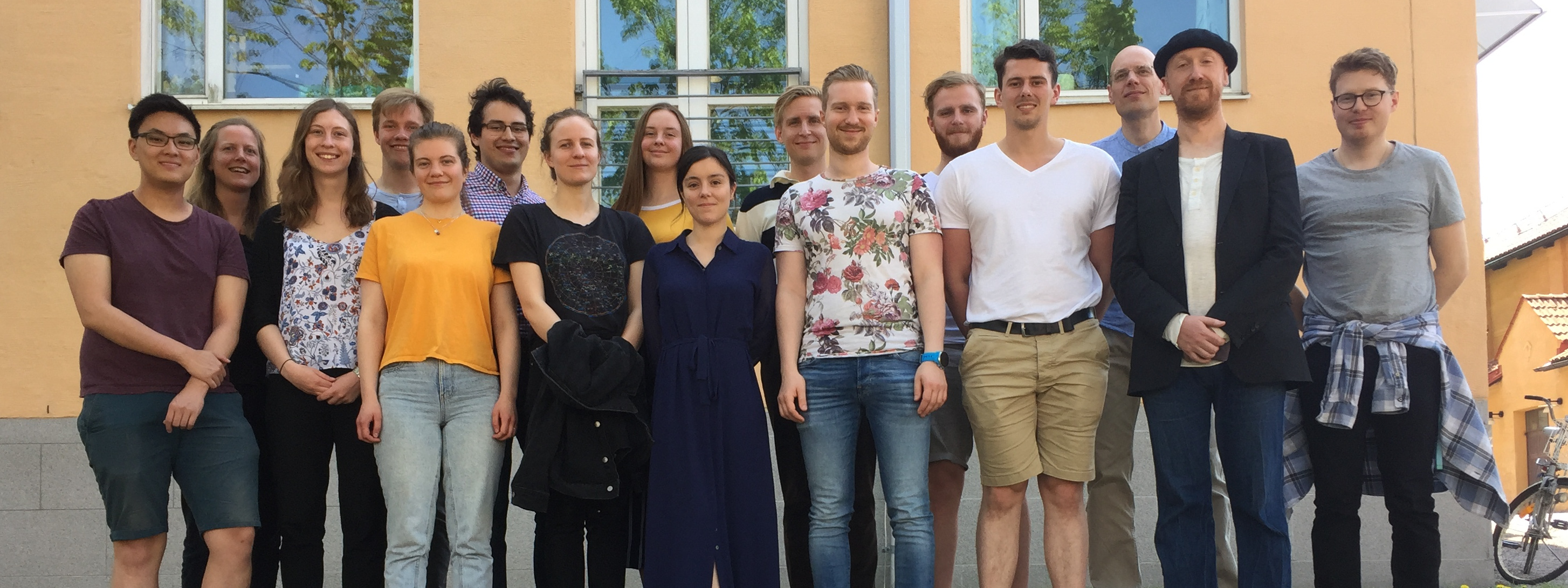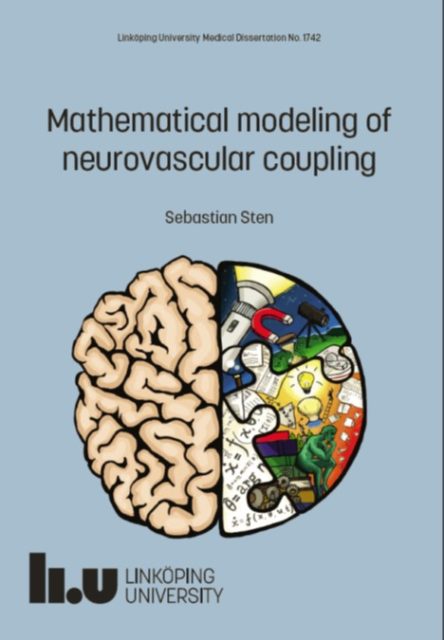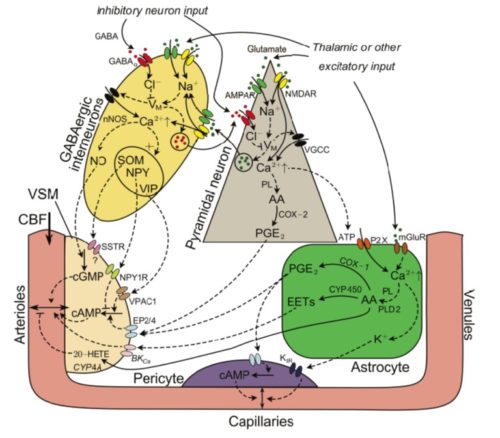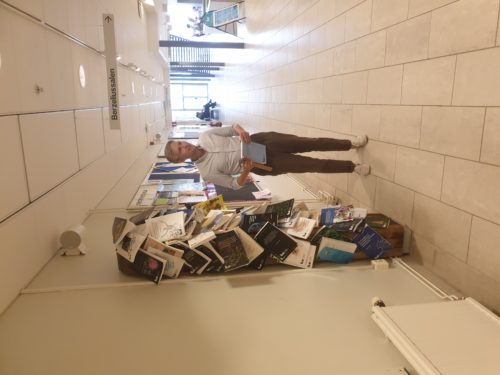There are quite a few public lectures planned for this autumn, and one of the ones I am looking forward to a little bit extra is the MBM workshop, in Gothenburg, on October 15-16, 2020. MBM stands for Modelling in Biology and Medicine, and this is the second edition of the workshop. The workshop started as an initiative by a couple of enthusiastic Ph.D. students at the Math Department at Chalmers/Gothenburg University. But since it turned out so successful, they easily got both the support by the more senior leadership at the department, and enough positive feedback to decide to do a second edition. I really liked attending it last year, both since it was a Swedish workshop on systems biology, which means that it helps foster and grow the Swedish systems biology community, and since they managed to create a nice and cosy athmosphere. Partially because of this, the post-conference informal conversations last year led to me mentioning some of the bigger plans I am working on, which are going to become more public this year.
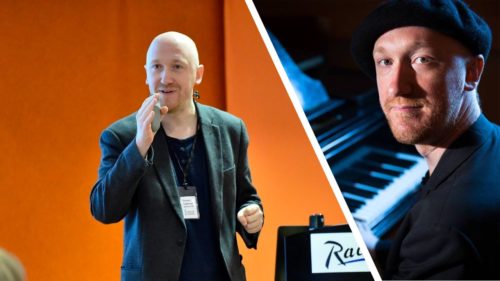
Those plans involve me combining my science and create careers into one, by doing joint lecture-performances, mixing piano, dancing, and digital twin-based stories. The original plan for this year’s workshop was to do some version of such a lecture-performance at the physical workshop. But since the physical edition had to be cancelled – due to the pandemic – the lecture will be held online. Nevertheless, in the presentation text of me at the home page, my CV covers – for the first time in a scientific event! – both my science and creative careers are mentioned side by side, and as two parts of the same thing. Already this feels really cool! And during the lecture, I plan to say, and probably also show, something short about those new and border-crossing plans in action. The workshop is held completely online, so you will be able to see it, also if you are not living in Sweden. And, later in the autumn, a more proper trailer for the first such lecture-performance will be released. The first proper such lecture-performance is planned be held during the autumn of 2021.
An exciting autumn awaits! And, the workshop is still open for abstract submissions!
